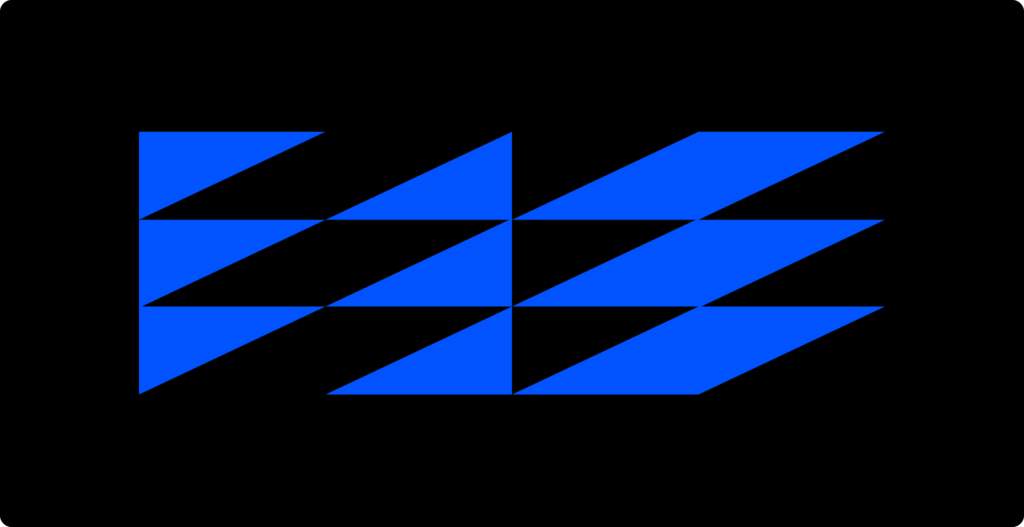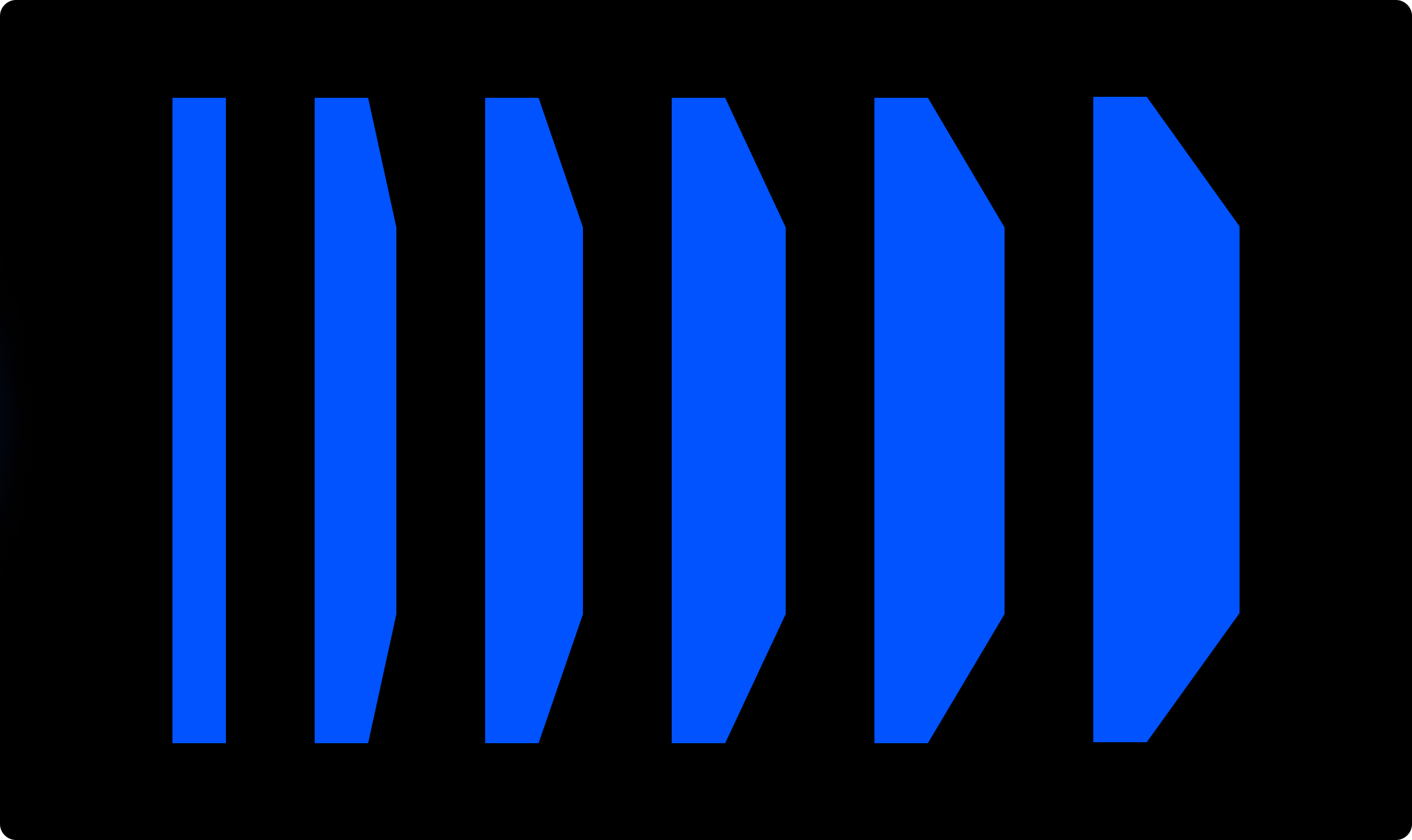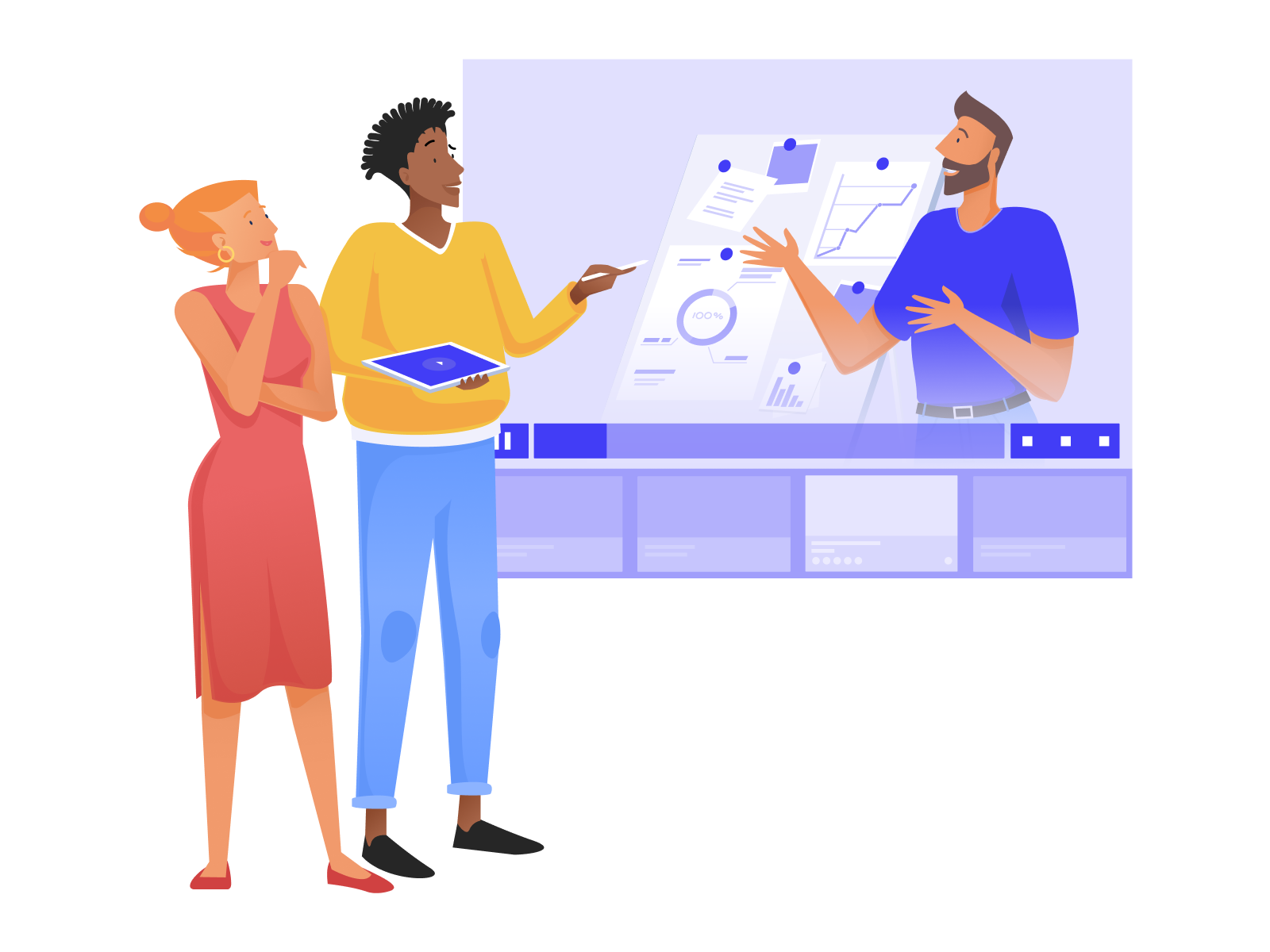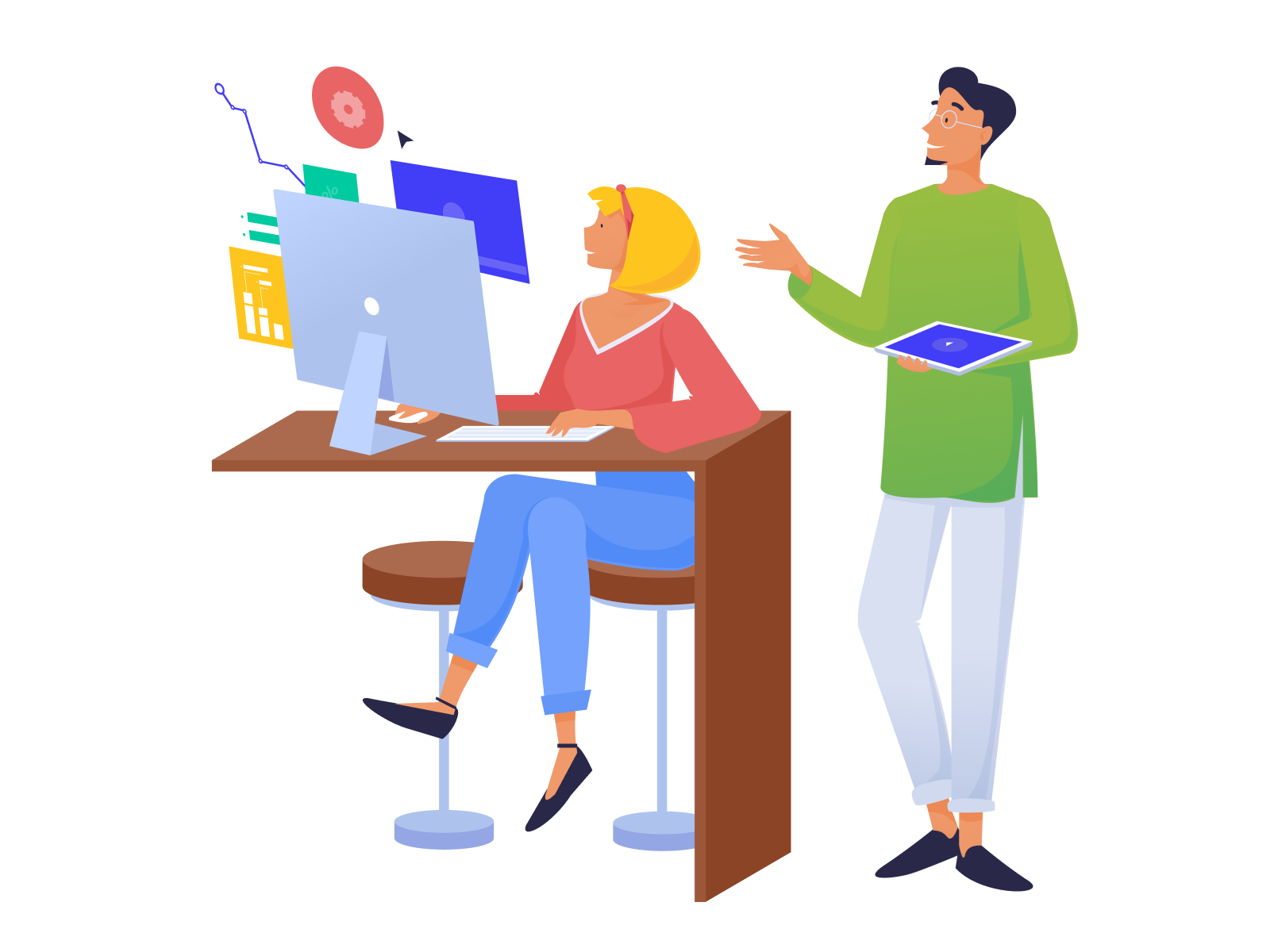A quick guide to shifting from Senior to Lead Product Designer
The role of a Lead Product Designer is a significant milestone in a designer’s career, marking a shift from an individual contributor to a leadership role with greater responsibility, impact, and influence on the product and the team.
In this article, I’d like to share my learnings from the past 2 years, furthermore some of the key values, learnings, skills, and tips for transitioning into the role of a Lead Product Designer, and the importance of how to clearly communicate your goals.
The 4 core values
To become a great leader, there are four main values I would like to mention that can make a difference in not only impacting your team and peers but also the projects and how you influence others who collaborate with you.
These core values should be tailored to your mission and mindset regarding the kind of message you want to leave and the image you want to transmit to others.
1. Collaboration
A Lead Product Designer must be able to work collaboratively with cross-functional teams, including product managers, developers, and stakeholders. Collaboration creates an environment where everyone feels heard and valued.
2. Empathy
A Lead Product Designer must understand the needs and perspectives of users, team members, and stakeholders. Empathy leads to designing better products that meet users’ needs and builds trust with the team and stakeholders.
3. Communication
Effective communication is crucial to ensure that everyone is on the same page, understands the goals and objectives, and can give and receive feedback. Communication also creates a transparent and open work culture.
4. Leadership
As a Lead Product Designer, you will lead the team and drive the product’s design direction. You must inspire and motivate team members to perform their best, lead by example, and create a positive, safe, and friendly work environment.

Stepping ahead the Lead role
It might sound a lot, and in fact, it's! The transition from Senior Product Designer to Lead Product Designer requires developing a broader set of skills that go beyond design, but having a defined mission of your goals and having effective support from your manager, you will master all of them.
Business awareness
A Lead Product Designer needs to understand the business objectives and metrics well to make design decisions that align with the company’s goals.
💡Complementary reading:
• Business Thinking Design Doing
• Why designers should be shaping business strategy
Project Management
Here’s a topic you don’t have to master, considering that the PM will be one of your best friends in this role, in fact, having a glance at project management skills is suitable for managing projects, timelines, and resources efficiently, especially when dealing with multiple stakeholders.
Coaching and Mentorship
As a Lead Product Designer, you will be responsible for the growth and development of team members. Providing feedback, coaching, and mentorship helps team members reach their full potential.
Make sure you also have coaching and mentorship sessions with higher or the same level so you can leverage better your outcome.

Being a designer of any level requires us to revisit our roots and foundation.
Strategic Thinking
One of the most important and hard skills to master when shifting to a Lead Product Designer role. As you are now at a level of high influence and impact, there is a need to be able to think strategically and develop a long-term vision for the product. Strategic thinking helps to anticipate challenges and plan for future growth. Make sure to always align your goals, ideas, and decisions with the Product Manager and your upper-level management.
User Research
Make sure you are aligned with the Research team on every decision. Being part of conducting user research, and using data to inform design decisions is crucial for designing user-centered products, and it will give solid pain points from the users that you can play in your favour when deciding the design strategy.
Design Thinking
Having a deep understanding of design thinking principles and how to apply them to solve complex problems is critical for successful product design.
💡 Key books to master Design Thinking Skills
• The Design Sprint — Jake Knapp
• Quick Guide to Design Thinking — Ida Engholm
Communication and Presentation Skills
The ability to communicate design decisions, ideas, and vision clearly to stakeholders and team members is essential for a Lead Product Designer.
Personal Growth. Make sure to show and share the overall process of your thinking and what you want to achieve at the end.
Highlight the user Pain-points, Business goals, vision, and OKRs.

To continue personal growth as a Lead Product Designer, the following tips are helpful
Seek for Feedback:
Seeking feedback from team members, stakeholders, and mentors is essential to understand areas for improvement.
Here are some examples of how to provide and request effective feedback from your peers:
Learn from Others
Learning from successful Lead Product Designers by reading books, attending conferences, and connecting with them can provide valuable insights and inspiration.
💡 Be part of Design communities, meetups, and workshops, there’s no better way to learn faster from the experts.
Set Goals
Setting personal and professional goals helps to stay focused on personal growth and development.
Take on New Challenges
Taking on new challenges and responsibilities helps to continue learning and developing skills.
Being a great leader requires great communication and setting clear goals. Effective communication helps to build trust and respect among team members and stakeholders, leading to a more collaborative work environment. Clear goals help to align everyone towards a shared vision and create a sense of purpose.
To summarize, moving from a senior product designer to a lead product designer requires a change in attitude, aptitudes, and principles.
To thrive in this new position, it’s crucial to acquire the needed knowledge, expertise, and ethics, and remain committed to personal development. Excellent communication is vital for becoming an exceptional leader.
All the best!
If this article was helpful to you, don’t hesitate to reach out for any questions or feedback 🙂
If you want to dive deeper into the topic, here are some great articles from my “Design leadership” bucket list:
- Moving into design leadership: 4 ways to create visibility for your work
- What will Product Led Design Leads do?
- The UX of design leadership: winners & losers

Feel free to schedule a session with me on ADP.List I’m thrilled to share my experience and support other designers to achieve their goals.
💡 Take a look at my WIP Product Designer Starter Kit to access my sources of inspiration, including leaders, podcasts, articles, and books that help me work and improve as a product designer.




